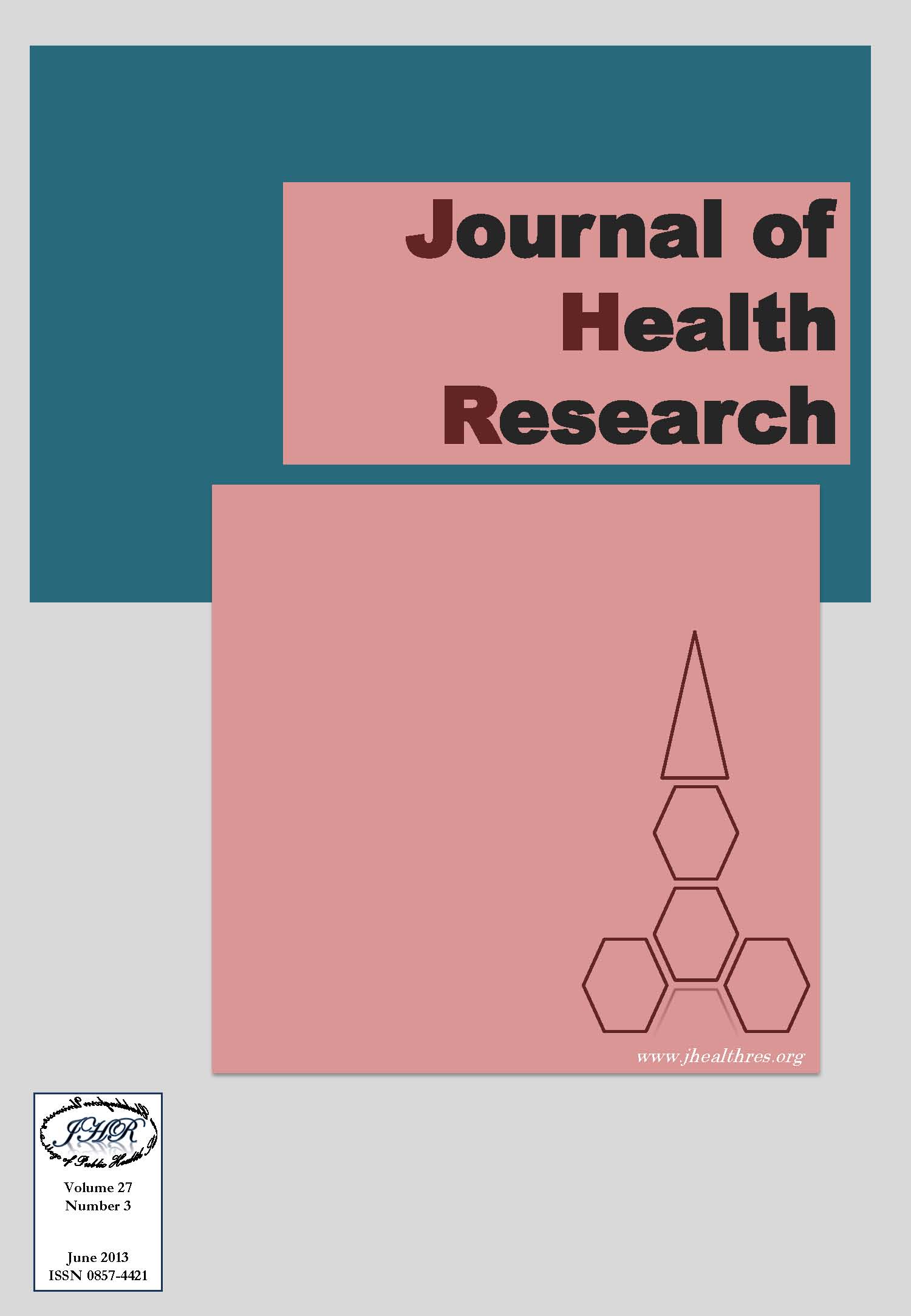Utilization of Antenatal Care in Women Having Under 1 Year Child in Rural Areas of Magway Region, Myanmar
Keywords:
Antenatal care, Women, Rural areas, MyanmarAbstract
A community based cross-sectional survey was conducted to determine the utilization of antenatal care (ANC) and their related factors among rural women having less than 1 year child in Magway division. Data were collected from 473 women having less than 1 year child using interview questionnaire in January – February 2012. Descriptive, chi-square test and logistic regression statistic were used for analysis. The result showed that most of the respondents were takes antenatal care regularly. By multiple logistic regressions analysis was used to identify the association between the independent factors and the pattern of utilization of antenatal care which were found statistic significant in chi square test. The final model illustrates that four selected factors were found to be significantly associated with utilization ANC service when adjusted with other factors, age at first pregnancy (AOR = 0.673, CI = 0.307 - 0.849), occupation (AOR = 0.423, CI = 0.269 – 0.663) place of ANC taken (AOR = 2.042, CI = 1.087 – 3.837) knowing the advantages of ANC (AOR = 3.370, CI = 1.918 – 12.380) There is a need for motivating among women who age at first pregnancy less than 25, famer occupation, and delivery at home and do not know the advantages of ANC to utilize maternal care services. Efforts towards ensuring the utilization should be targeted towards rural areas, the importance of modern antenatal care should be emphasized even in the religious settings and younger women should be encouraged to utilize antenatal care services. More qualitative research is required to explore the effect of women's satisfaction, autonomy and gender role in the decision-making process. Adequate utilization of antenatal care cannot be achieved merely by establishing health centers; women's overall (family, social, political and economic) status needs to be considered







